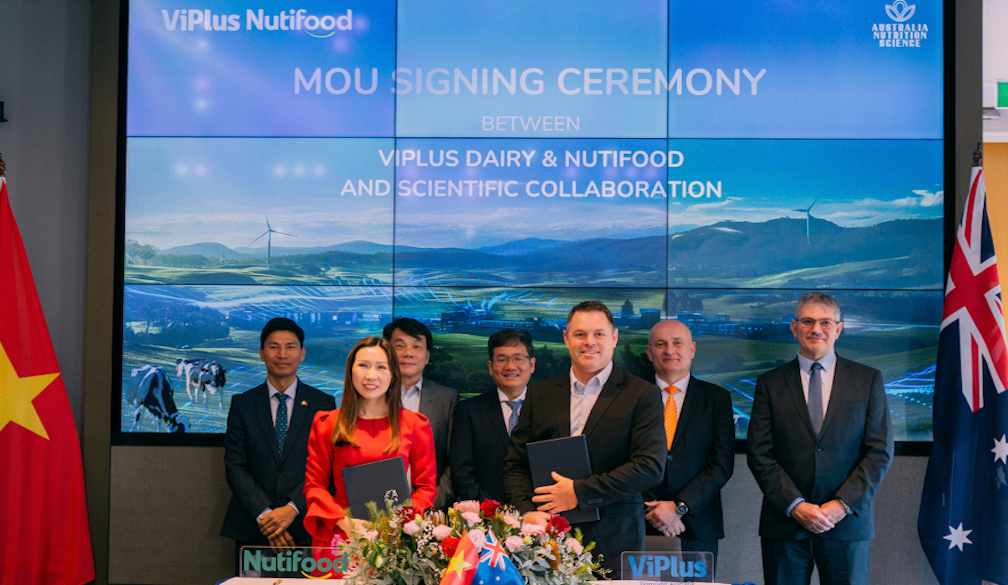Four ideas for reforming higher education policy-making
- Written by Gavin Moodie, Adjunct professor, RMIT University
This article is part of a series exploring ideas for reforming higher education in Australia. We asked academics to analyse overseas models, innovative ways forward in a digital world, and ideas we may not have considered.
Just about everyone (including the government) agrees the government’s most recent higher education reform package would not have addressed the biggest issues confronting Australian tertiary education. The failure of the government’s Big Bang proposals announced in the 2016 budget to uncap fees and extend subsidies to private providers led the government not to change direction but to proceed far more modestly. Even that failed.
There is no shortage of alternative proposals, both for incremental changes, substantial structural change and major change of principles.
Since there is no crisis in Australian higher education, there are many advantages in proceeding by a series of modest incremental changes. Even so, there’s plenty of scope for big changes as well. Here are four proposals for changes to tertiary education policy making.
1. Review tertiary education jointly with the states
Perhaps the most important issue confronting tertiary education is the relation between higher education, and vocational education and training. This is currently seen in the apparent diversion of prospective vocational students to higher education. But there are many other instances of a poor interface between the two sectors. The FEE-HELP disaster of scams, rorts, and widespread failures of quality and standards happened in vocational but not higher education. This shows the substantial differences between the sectors.
The aim would not necessarily be to make the sectors more similar, but to make the relationship between the sectors less dysfunctional than it currently is.
 Fixing the incompatibility between vocational and higher education is one way forward for reform.
Shutterstock
Fixing the incompatibility between vocational and higher education is one way forward for reform.
Shutterstock
One way of doing this would be to establish a process to change tertiary education that involved the states. Reviewing tertiary education jointly with the states has a high risk of failure. But the incompatibility between vocational and higher education is so deep seated, longstanding and debilitating that it’s worth taking the risk to fix it.
Labor’s proposed National Inquiry into Post-Secondary Education is sufficiently broad in scope, but has not yet announced many details. So, it’s not yet clear that it is sufficiently broad in composition.
2. Analyse the future of work and higher education’s contribution to it
Most education reviews start with the current system and project forward, as does my proposal to improve relations between vocational and higher education. Few reviews start with possible futures and work back, a method adopted by many consultants’ reports written to drum up business.
An exception is Future focus: 2013 national workforce development strategy developed by the former Australian Workforce and Productivity Agency.
While I’m unconvinced by most futurology, there are legitimate questions about the effects of artificial intelligence and automation generally on the future of work. Including that normally done by higher education graduates.
 The future of work will play an important part in what direction higher education goes in next.
Shutterstock
The future of work will play an important part in what direction higher education goes in next.
Shutterstock
Employers’ changing demands for workers with higher education raises legitimate questions about how suitable current higher education is as preparation for employment. This is related to their big cuts in investment in their own employees’ induction and on-the-job training.
An analysis of the future of work and the future of higher education sponsored by government would be a way of focusing national attention on these issues and exploring them in depth. The aim wouldn’t necessarily be to propose any specific government action, but to expose universities’ thinking and action on these issues to broader scrutiny.
Read more: Politics podcast: Richard Di Natale on the future of work
3. Curriculum, teaching and assessment
Most national policy discussions of higher education are preoccupied with structure and financing. Educational issues are tangential, if considered at all. Yet there are important issues about higher education’s curriculum, teaching methods and assessment that engage the public as well as educators.
A national inquiry could explore the multifarious concerns about standards that are raised frequently. These include concerns about:
whether higher education’s curriculum is relevant to future employment
broader national needs, such as understanding other countries and cultures, supporting security, and increasing mutual understanding
universities taking enough account of new technologies in their teaching and learning
how teaching works in practice. For example the potential death of the lecture, “flipping” classrooms, and whether work integrated learning is appropriately incorporated into university programs.
Read more: Unpaid work experience is widespread but some are missing out: new study
The inquiry could be the standard committee-response or it could adopt a different form, such as a Campbell Collaboration, which is a systematic review of evidence in education and other social sciences to inform policy and practice.
4. Consultation 2.0
The federal Department of Education reports it received more than 1,200 responses to the government’s policy options paper released in the 2016-17 budget.
Some 95 responses were submitted by 47 educational institutions, 34 other educational bodies, eight individuals and five employer bodies. This is pretty standard for higher education reviews. However, 1,104 individuals sent submissions by email. Many of these were one or two lines, typically opposing fee increases. But others engaged substantively with one or two other issues raised in the options paper and several raised additional issues.
This would be a good opportunity for the government to move beyond the standard process of discussion paper, submissions and decisions to engage people more directly in policy development. One possibility would be to have a series of discussion boards, such as those in the comment section at the foot of each article, including this one.
The department of education would need to have someone to establish standards for commenting and to remove breaches. But most monitoring could be done by volunteers with expertise and interest in each topic.
This would give students, staff and others with an interest in higher education far more involvement in higher education policy formation than they have had. It would also be a way of sharing knowledge and expertise in various options, and hopefully would increase agreement on future directions.
Authors: Gavin Moodie, Adjunct professor, RMIT University
Read more http://theconversation.com/four-ideas-for-reforming-higher-education-policy-making-88385



















